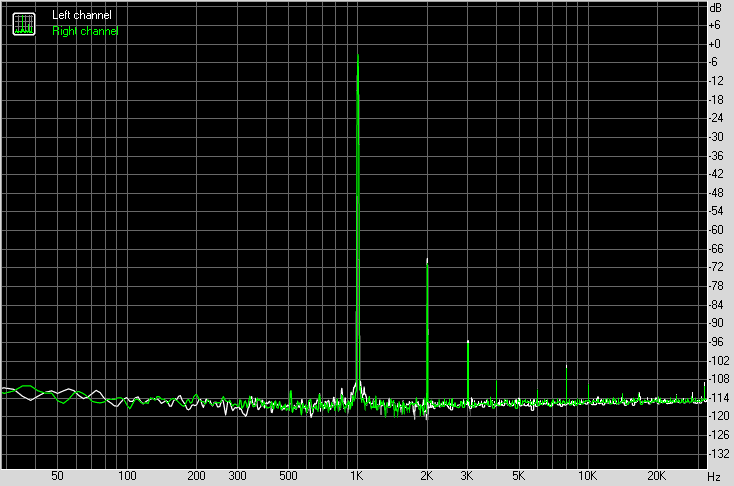xrk971
Member of the Trade: XRKAudio
How about a bass boost and a gain switch?
There is a volume knob you know

In all seriousness, since this is a zero global feedback design, one can't just change the "gain" by setting resistors for Rf/Ri, etc. as would be done on a conventional amp with large amounts of negative feedback.
So the gain is fixed by the topology at 3x so all we can do is attnuate it - and the way that is done is by the volume pot. I suppose a switch could be added to attenuate by an additional amount but that would require rework of the PCB and finding room for a switch on the ever so small knob/jack real estate of the mint tin.
I don't have bass boost as it is not needed - superb bass that follows the music as intended. Bass response is absolutely flat measured -0.25dB at 20Hz, extrapolating to 10Hz I estimate -0.5dB at 10Hz. Upper end falloff is due to 96khz sampling, the inherent bandwidth is in the 100's of kHz (approaching 1MHz) according to sims.
I listened to some intense sub-bass tracks and it rocks my head - literally feel the air pressure pulsating behind the cans on my my eardrums (not a freqency one can hear but just feel).

























